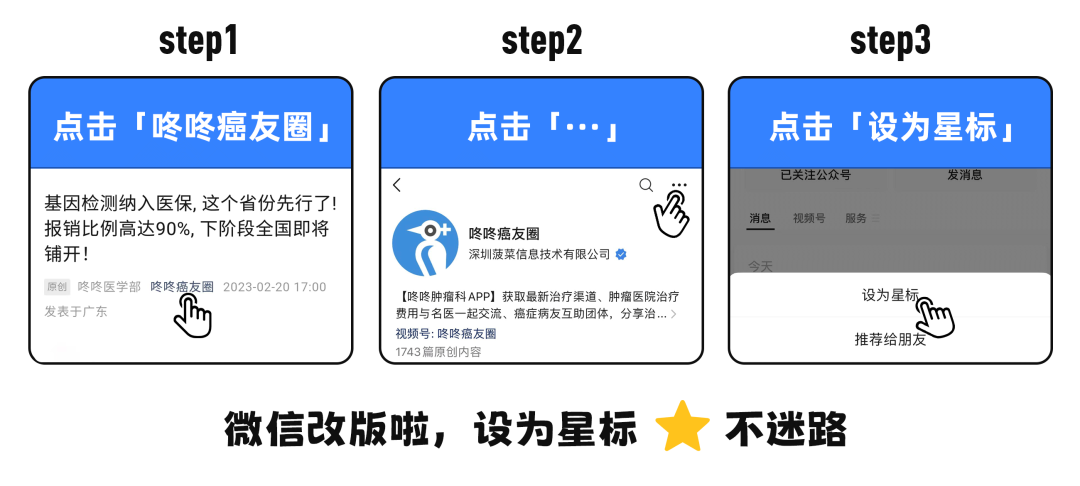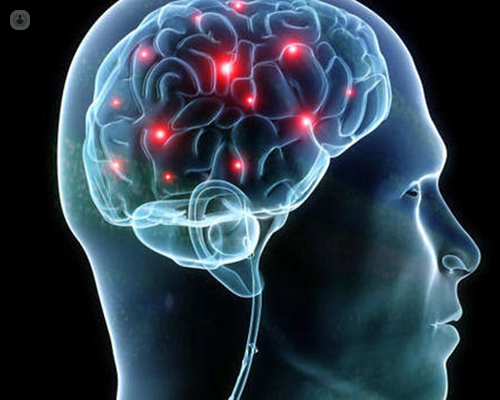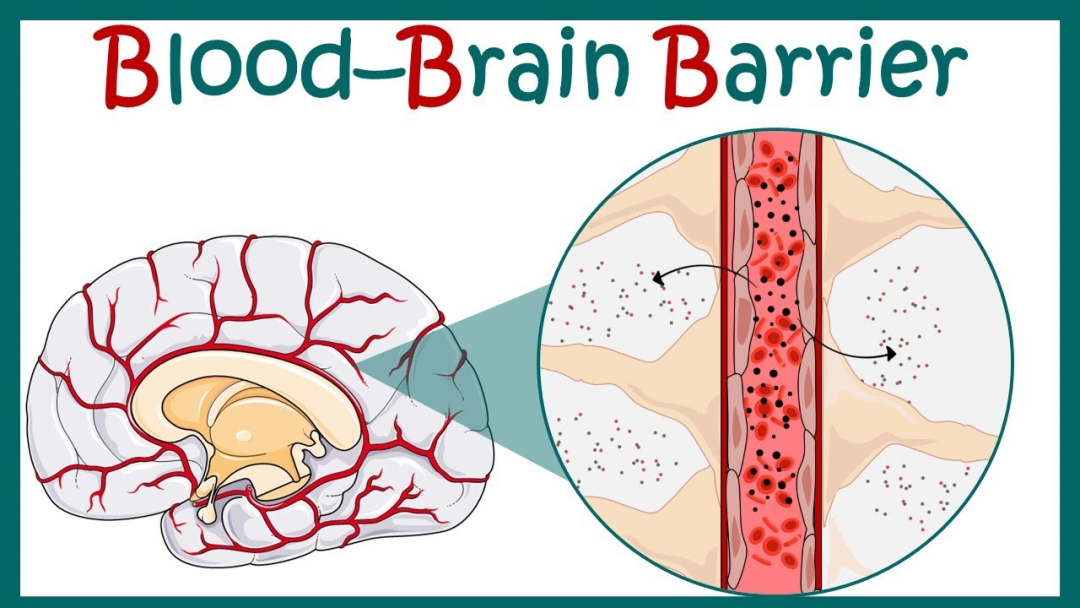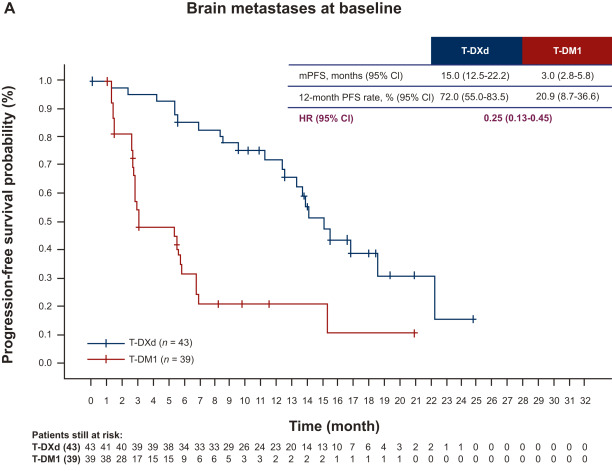
What else can DS-8201 not do?
Recently, the “miraculous anti-cancer drug” DS-8201 announced data from its DESTINY-Breast03 trial involving patients with brain metastases[1]:
Among 43 patients with HER2-positive breast cancer brain metastases treated with DS-8201, the median progression-free survival reached 15.0 months, with intracranial objective response rate and overall objective response rate at 65.7% and 67.4%, both significantly exceeding those of another ADC drug used as a control, T-DM1.
It is important to note that as a macromolecular drug, DS-8201 faces an inherent disadvantage when dealing with brain metastases protected by the blood-brain barrier, yet it still achieves such remarkable efficacy.

Brain metastases are arguably the most challenging to manage among various cancer metastases. The brain is the “command center” of our body, both crucial and fragile, and the intracranial space is extremely limited. Even slight growth of brain metastases can easily compress brain tissue, leading to various severe symptoms. More critically, there is a blood-brain barrier surrounding the brain, which usually blocks various pathogens and toxins from harming the brain, butduring tumor brain metastasis, it also prevents drugs from entering the brain to eliminate tumors, acting as a “protective umbrella” for the tumor. This barrier effect is particularly pronounced for some macromolecular drugs. For instance, the commonly used targeted drug trastuzumab in HER2 breast cancer treatment has good effects on metastases throughout the body, but brain metastases are an exception. Moreover, among patients effectively treated with trastuzumab, 75% of disease progression occurs as isolated brain metastasis progression[2]. In other words, under the protection of the blood-brain barrier, the brain has become a “sanctuary” for tumor metastasis. The blood-brain barrierThese facts have led to skepticism regarding the efficacy of ADC drugs, which are also macromolecular, in treating brain metastases, especially the two HER2-targeted ADC drugs—DS-8201 and T-DM1, both of which are conjugated with different small molecules based on trastuzumab. Will they also struggle to break through the blood-brain barrier like trastuzumab and fail to address brain metastases?The first to break this stereotype was T-DM1, with several studies confirming its certain therapeutic effects on brain metastases[3], making it the standard therapy for patients with HER2-positive breast cancer brain metastases. The new generation ADC drug DS-8201 has already outperformed T-DM1 in systemic treatment; can it achieve another breakthrough in the face of the brain metastasis challenge? In the head-to-head comparison of DS-8201 and T-DM1 in the DESTINY-Breast03 study, there were 43 patients in the DS-8201 group and 39 patients in the T-DM1 group who had brain metastases at baseline, allowing us to glimpse the treatment effects of the two ADC drugs on brain metastases.In patients with brain metastases, the DS-8201 group had a 1-year progression-free survival rate of 72.0%, with a median progression-free survival of 15.0 months; while the T-DM1 group had a 1-year progression-free survival rate of only 20.9%, with a median progression-free survival of 3.0 months. Compared to T-DM1, DS-8201 reduced the risk of disease progression or death in brain metastasis patients by 75%.
The blood-brain barrierThese facts have led to skepticism regarding the efficacy of ADC drugs, which are also macromolecular, in treating brain metastases, especially the two HER2-targeted ADC drugs—DS-8201 and T-DM1, both of which are conjugated with different small molecules based on trastuzumab. Will they also struggle to break through the blood-brain barrier like trastuzumab and fail to address brain metastases?The first to break this stereotype was T-DM1, with several studies confirming its certain therapeutic effects on brain metastases[3], making it the standard therapy for patients with HER2-positive breast cancer brain metastases. The new generation ADC drug DS-8201 has already outperformed T-DM1 in systemic treatment; can it achieve another breakthrough in the face of the brain metastasis challenge? In the head-to-head comparison of DS-8201 and T-DM1 in the DESTINY-Breast03 study, there were 43 patients in the DS-8201 group and 39 patients in the T-DM1 group who had brain metastases at baseline, allowing us to glimpse the treatment effects of the two ADC drugs on brain metastases.In patients with brain metastases, the DS-8201 group had a 1-year progression-free survival rate of 72.0%, with a median progression-free survival of 15.0 months; while the T-DM1 group had a 1-year progression-free survival rate of only 20.9%, with a median progression-free survival of 3.0 months. Compared to T-DM1, DS-8201 reduced the risk of disease progression or death in brain metastasis patients by 75%. The median progression-free survival of patients with brain metastases in the DS-8201 group reached 15.0 monthsIn terms of tumor shrinkage and symptom relief, DS-8201 also shows significant advantages. After treatment, 67.4% of patients in the DS-8201 group achieved overall objective response, and 65.7% achieved intracranial objective response, while the corresponding rates for the T-DM1 group were 20.5% and 34.3%. Why can ADC drugs like DS-8201 effectively break through the blood-brain barrier and control brain tumors? Researchers speculate that it may be related to the tumor’s destruction of the blood-brain barrier. Particularly, the neovascularization within the tumor effectively creates an opening in the blood-brain barrier, allowing ADC drugs to directly enter the tumor, which can be seen as the tumor shooting itself in the foot. Additionally, local treatments such as radiotherapy and surgery targeting brain metastases may also open up the blood-brain barrier.Currently, more studies are evaluating the efficacy of DS-8201 in patients with brain metastases, and we hope it can also become a “miraculous drug” for these patients.References:[1]. Hurvitz S A, Kim S B, Chung W P, et al. Trastuzumab deruxtecan versus trastuzumab emtansine in HER2-positive metastatic breast cancer patients with brain metastases from the randomized DESTINY-Breast03 trial[J]. ESMO Open, 2024: 102924.[2]. Yau T, Swanton C, Chua S, et al. Incidence, pattern and timing of brain metastases among patients with advanced breast cancer treated with trastuzumab[J]. Acta Oncologica, 2006, 45(2): 196-201.[3]. Epaillard N, Bassil J, Pistilli B. Current indications and future perspectives for antibody-drug conjugates in brain metastases of breast cancer[J]. Cancer Treatment Reviews, 2023: 102597.
The median progression-free survival of patients with brain metastases in the DS-8201 group reached 15.0 monthsIn terms of tumor shrinkage and symptom relief, DS-8201 also shows significant advantages. After treatment, 67.4% of patients in the DS-8201 group achieved overall objective response, and 65.7% achieved intracranial objective response, while the corresponding rates for the T-DM1 group were 20.5% and 34.3%. Why can ADC drugs like DS-8201 effectively break through the blood-brain barrier and control brain tumors? Researchers speculate that it may be related to the tumor’s destruction of the blood-brain barrier. Particularly, the neovascularization within the tumor effectively creates an opening in the blood-brain barrier, allowing ADC drugs to directly enter the tumor, which can be seen as the tumor shooting itself in the foot. Additionally, local treatments such as radiotherapy and surgery targeting brain metastases may also open up the blood-brain barrier.Currently, more studies are evaluating the efficacy of DS-8201 in patients with brain metastases, and we hope it can also become a “miraculous drug” for these patients.References:[1]. Hurvitz S A, Kim S B, Chung W P, et al. Trastuzumab deruxtecan versus trastuzumab emtansine in HER2-positive metastatic breast cancer patients with brain metastases from the randomized DESTINY-Breast03 trial[J]. ESMO Open, 2024: 102924.[2]. Yau T, Swanton C, Chua S, et al. Incidence, pattern and timing of brain metastases among patients with advanced breast cancer treated with trastuzumab[J]. Acta Oncologica, 2006, 45(2): 196-201.[3]. Epaillard N, Bassil J, Pistilli B. Current indications and future perspectives for antibody-drug conjugates in brain metastases of breast cancer[J]. Cancer Treatment Reviews, 2023: 102597.